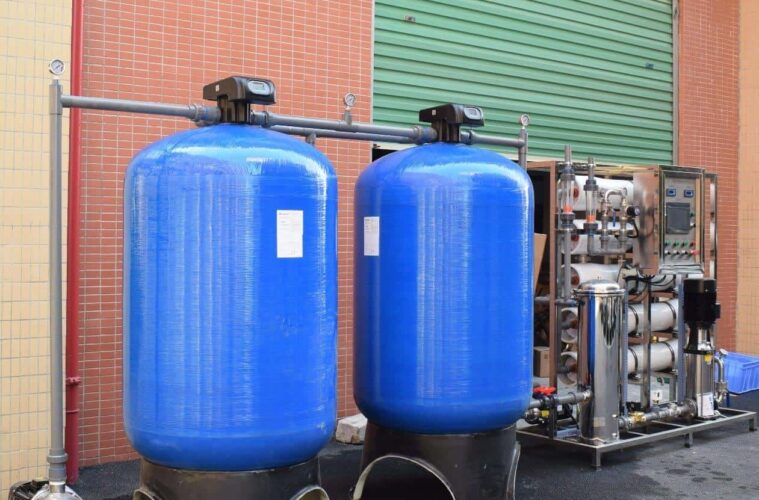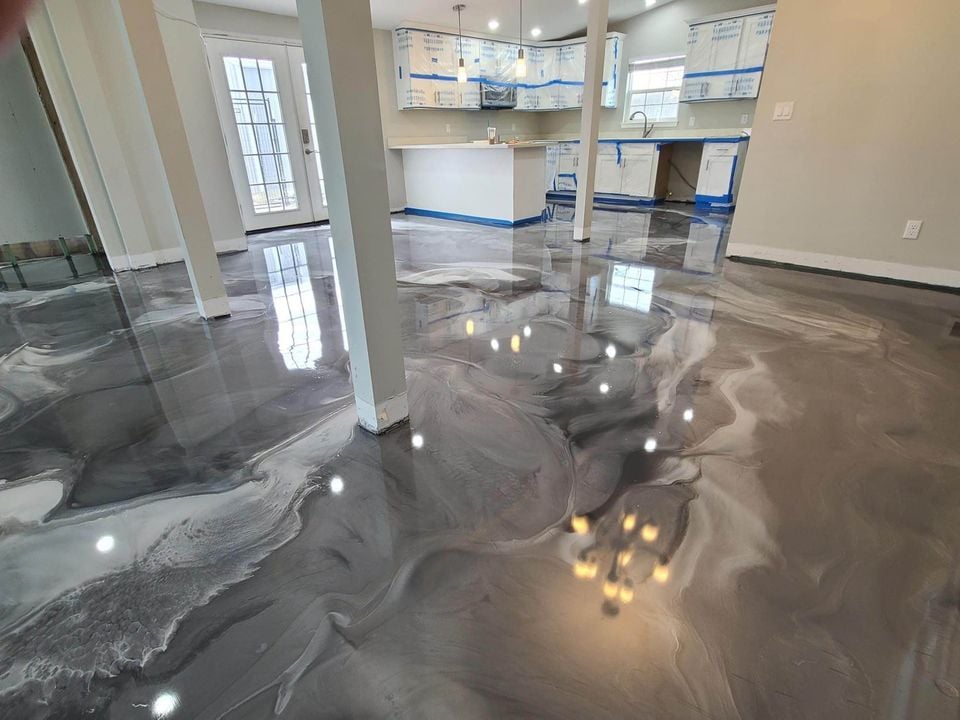Are you confused about how to treat your well water? Designing a well water treatment system requires a basic understanding of both well water treatment and water filtration. On one side, things can get overly complicated if you allow them, while on the other side, designing a system is not rocket science.
Whether you inherited an existing system that needs an overhaul or are designing a completely new system, you’ll discover some helpful knowledge in this article to get the ball rolling. First things first, it’s important to know the basic difference between well water and municipal water. The biggest difference you’ll run into is the lack of chlorine treatment, which leads to the first point.
Disinfecting Your Well Water
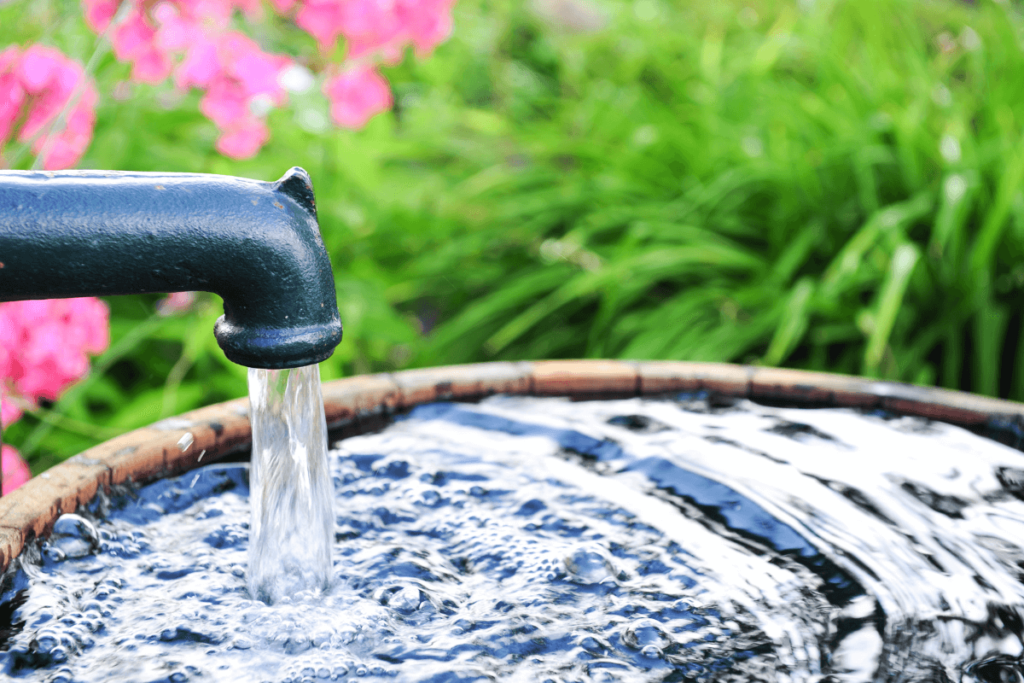
source: yourh2home.com
Unless you already have a chlorine treatment system installed in your home, then it’s time to first consider how you’ll disinfect your well water. The good news is that you won’t have to use harsh chemicals including chlorine and chloramines. This is actually one of the advantages of being on well water.
Instead of chlorine, the best way to disinfect your water is with the help of a UV light for well water. To accomplish this, you’ll install a UV system that’s a UV light encased in a metal tube. This goes back to accounting for the space required to house your UV water filter when designing your system.
As far as placement, your UV water filter is the final stage in your complete well water treatment system. And the best part about a UV water purifier is that it requires minimal maintenance, plus it treats all of the water entering your home, so you know your water has been adequately disinfected.
Account for a Water Softener
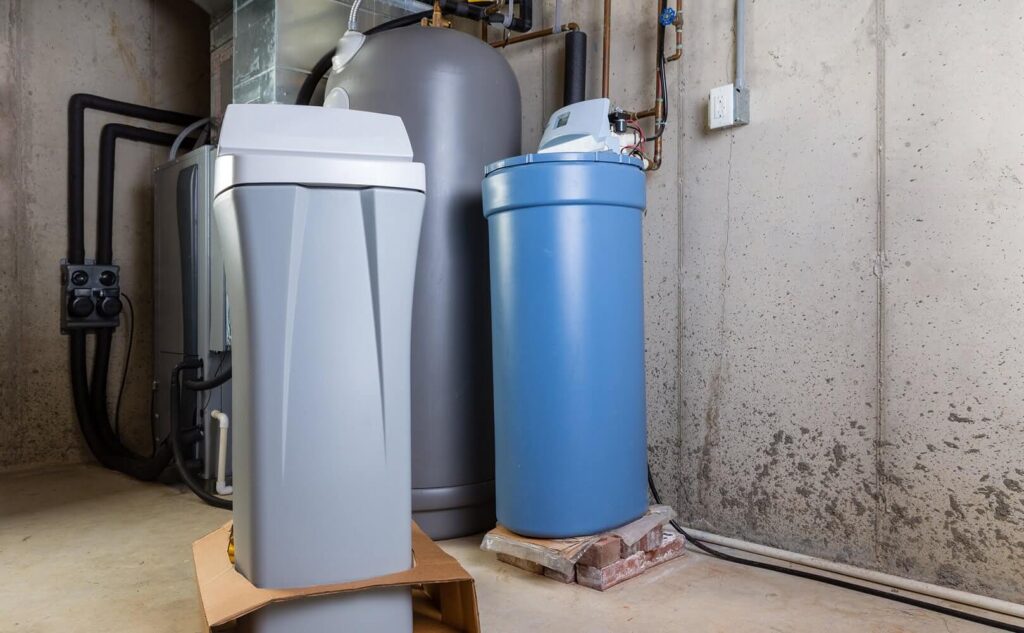
source: best-osmosis-systems.com
Next up, you’ll want to account for a water softener when designing your system because chances are your well water will be on the hard side. Well water becomes hard as it flows through the earth and picks up minerals.
Common minerals found in abundance in well water are calcium and magnesium. These two minerals are the main culprits in hard water problems. So, the solution is to install a well water softener.
If you plan to choose your own water softener, then it’s wise to get a basic understanding of how to choose the right size softener. Softeners are rated in grains, and you don’t want to choose a softener that can’t handle your entire home while not going overboard either.
For example, a 48,000-grain softener can handle a home of up to four people with moderately hard well water. If this all sounds confusing to you, then it’s better to leave the choice in the hands of your plumber, though, if you’re an accomplished DIYer, you should have no trouble landing on the right size.
All in all, you must account for the space required to house your softener when creating your home design, and you want easy access to your softener because it does require more maintenance than other parts of your water treatment system.
Test Your Well Water to Choose the Right Filters
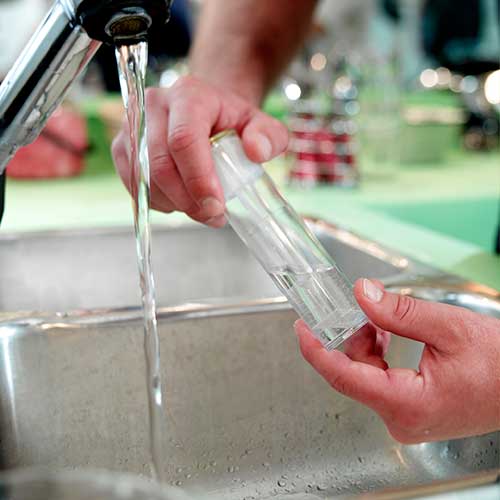
source: water-rightgroup.com
Testing your well water to get an idea of what’s in it will give you all the information you need to choose the right water filters. Since not all water filters use the same filtration media to capture contaminants, you want to choose a filter that’ll do the best job of capturing the contaminants you want to target.
The good news is that since your water hasn’t been treated with chlorine or chloramines, there’s no need to target those substances. However, you might notice that your well water is high in iron and/or hydrogen sulfide.
If you notice that your well water has a rotten egg scent to it, then it’s most likely a hydrogen sulfide problem. To eliminate this problem, you’ll want to choose a water filter that effectively removes hydrogen sulfide.
The bottom line is that you don’t want to blindly choose a water filter that does the heavy lifting to remove water contaminants. In reality, there might be filters you don’t need in some complete systems on the market, and you’ll be able to reduce your system to only the filters you need which is more cost & space-efficient.
Don’t Forget Sediment
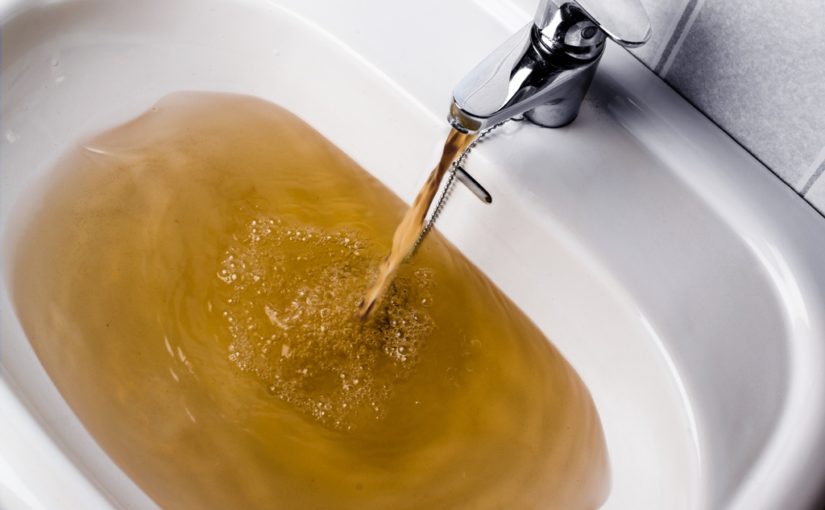
source: cleanwaterstore.com
When designing your system, it’s important to account for the first stage of the system, and that stage is sediment removal. Unlike municipal water, well water is more likely to carry larger sediment that needs to be removed before the water enters the following stages of your system.
The good thing is that a sediment filter is rather small and easy to maintain. To install a sediment filter, you’ll want to place it at the point of entry. This way, it filters all of the water that enters your home. In the end, you’ll prolong the life of your primary water filters, and your system will run more efficiently.
Conclusion
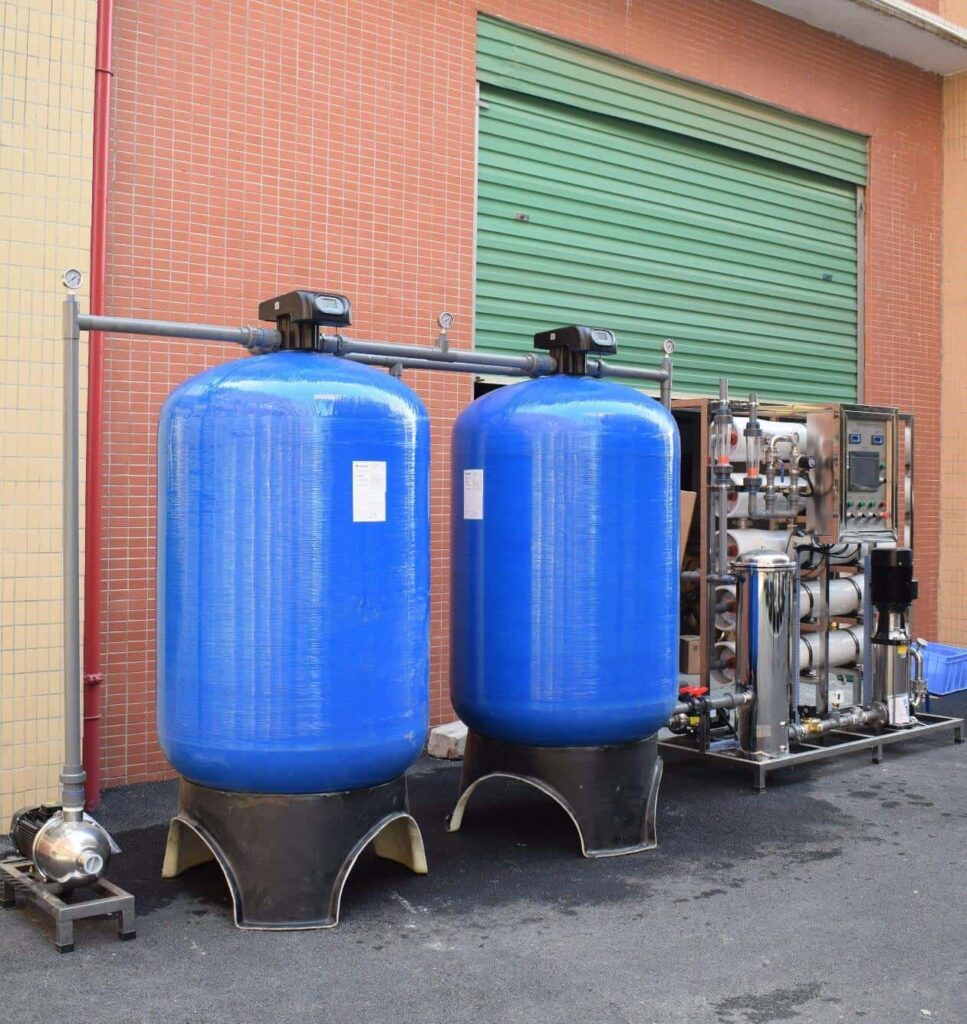
source: made-in-china.com
While designing a well water treatment system isn’t rocket science, it’s also not something you want to rush through. By following each of the tips in this article, you give yourself the best chance of creating an efficient system that supplies filtered water throughout your home.
In the end, you not only avoid hard water stains and rotten egg odor, but you’ll also have delicious chlorine-free drinking water on tap that’s hard for people on municipal water to beat.

